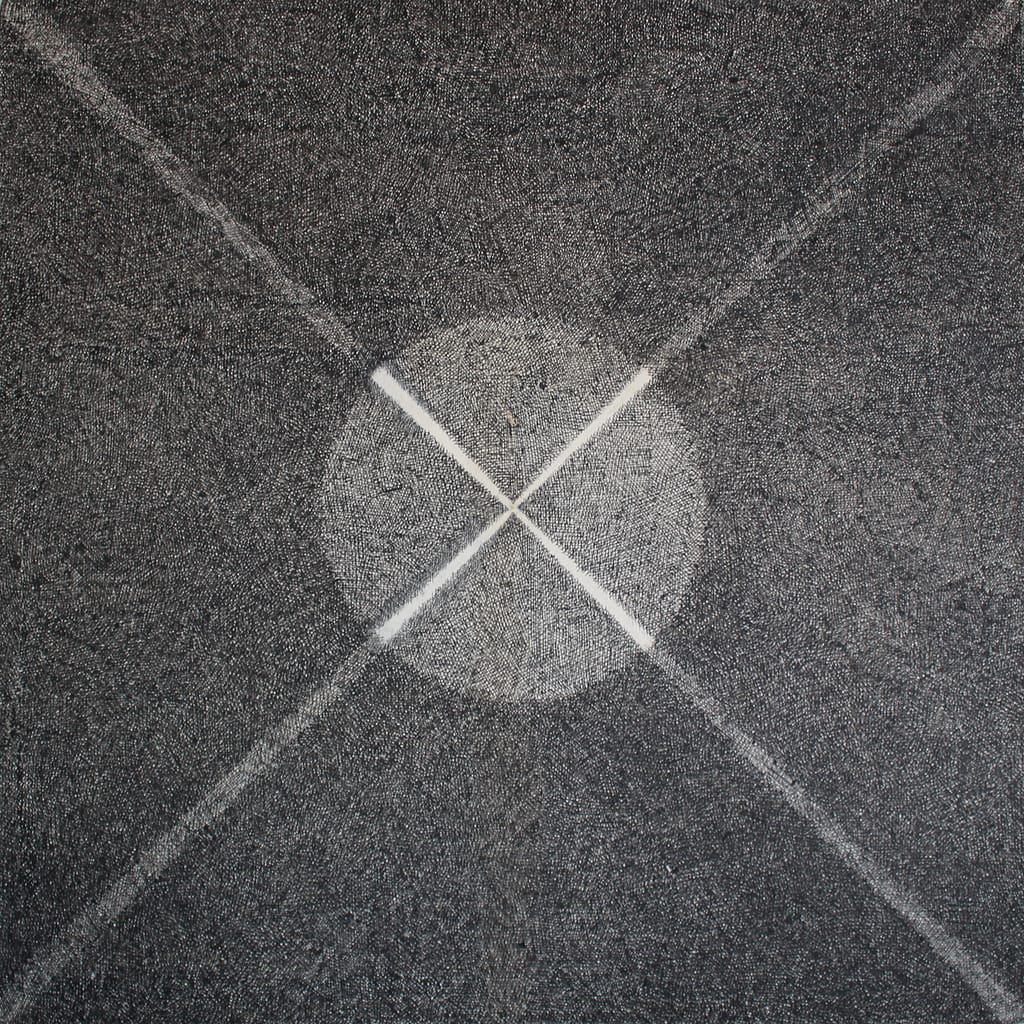Artist Q&A with Sajal Sarkar
As an artist of Indian diaspora in the US, Sajal Sarkar has stepped out of his comfort zone and began exploring uncharted avenues. Embracing fresh ideas by casting aside over-saturated ones is part of his nature, but he had not indulged in it enough in the middle phase of life in Baroda. Human figuration dominated his visual thinking, hardly allowing any other experimental possibilities. In fact, a couple of years before moving to the US, he fully recognized the stagnancy in his thinking and creative output, which was devoid of anything fresh and provocative.

Who is your favorite artist of all time?
It’s the most difficult question to answer as my art career passed through three distinct chapters and in each chapter, there is some great artist’s name I can remember who is still as significant as thirty years ago. In the initial stage after my undergraduate studies in Kolkata, two Indian artists, both from my homeland Bengal named Somenath Hore and Ramkinkar Baij, and two European artists named Kathe Kollwitz and Egon Schiele were my most favorite. After my move to the Western region of India to study printmaking in Baroda, my interest turned towards the work of Bhupen Khakkar, Nasreen Mohamedi, Zarina Hasmi, and Krishna Reddy. All four of them made a mark internationally for their unique quality of work. After migrating to the USA my new favorites became Sol Lewitt, James Turrell, and Louise Bourgeois, Alberto Giacometti to name a few.
How did you become a professional artist?
My parents were the ones responsible for my artistic life and it’s a blessing to have such parents. Though my father, who had a small … Click here to read more












